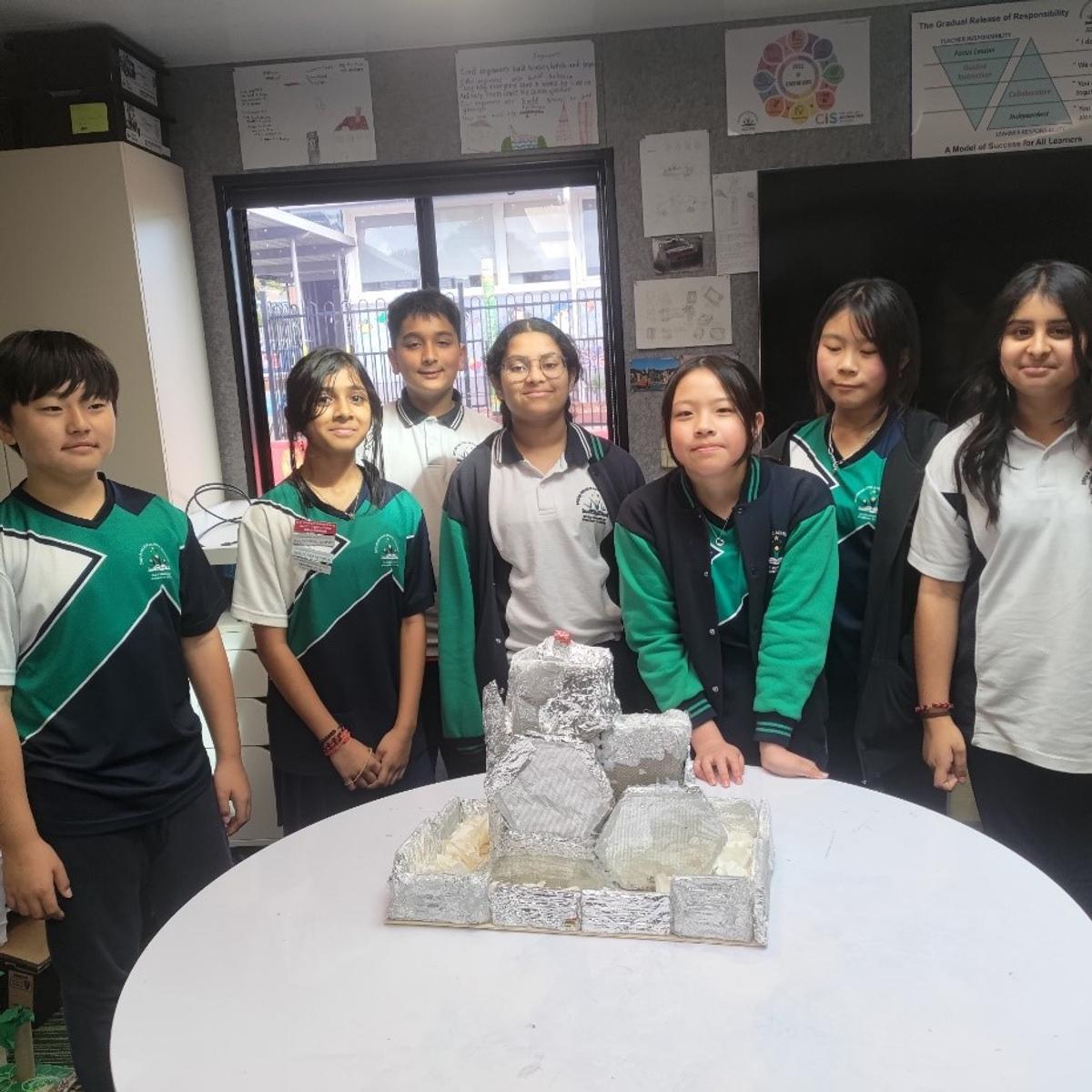STEAM

Year 6
Two fields of engineering are the focus of Year 6 STEAM this term. First, students will explore the inner workings of cars, learning the thought process that goes into designing engines, induction systems and transmissions, before using that knowledge to attempt to solve a problem that is still present in the automotive industry. Next, students will come to understand how cities are planned and designed, using three case studies to draw inspiration from – Melbourne and its transportation network and problems of urban sprawl, Singapore and its transformation from third world nation to Eastern Tiger and Indonesia's ambitious new capital city – Nusantara, in order to design their own ‘world capital’.
Year 5
Future living is the main focus of Year 5 STEAM this term. Students will examine how post-war cities experienced and dealt with population explosions and how Melbourne is currently dealing with housing more than 5 million individuals. They will then use this knowledge to create ‘the ideal living space of the future’, a challenge reminiscent of 50s futurism and Walt Disney’s Epcot. Looking at both architecture, city planning and sustainable development, students will gain a comprehensive knowledge of what the urban space looked like before, what it looks like now and what it could potentially look like in the future. Then, students will explore and examine the United Nations’ 17 Sustainable Development Goals and how they can be best achieved within this century.
Year 4
This term in Year 4 STEAM, learners will have the opportunity to explore the way humans harness both renewable and non-renewable resources, looking at the pros and cons of both forms of energy generation. They will then inquire into the different ways to generate energy in the form of an engineering challenge, in which they will cooperate within groups to create an energy solution of their own that will then be ‘pitched’ to a hypothetical government agency. To round off the term, students will collaborate to tackle three separate challenges in the software ‘Minecraft Education’ - in which they will redesign the modern classroom, build a series of fortifications and design a hypothetical Martian rover - all within a virtual world.
Year 3
STEAM allows learners to examine the key principles of design, both for the interior and the exterior. To start the term, students will explore the world of product and industrial design. They will learn how to balance the demands of the practical and the aesthetic, learn techniques used by product designers to sketch prototypes, consider the potential environmental impacts of several products and examine Dieter Rams’ 10 principles of good design before using those principles to create their very own product. The second half of the term will be dedicated to understanding how buildings are conceptualised and constructed, with students to research, design and build a ‘green building’ - taking into account ways to reduce electrical and water usage and ensure the environmental impact the building has is negligible, or even beneficial, throughout all stages of its lifecycle.
Year 2
Year 2 STEAM offers students a chance to engage with several different branches of engineering and science. Learners will first dive into the world of forces and aerospace engineering. Gravity will be the focus as students cooperate to produce a model able to protect an egg from a 5m fall. Up next will be an exploration into the science of ecology, and the different types of biomes that exist in the world, with students tasked to create a miniature habitat for an animal of their choice à la zoos and nature reserves. Finally, students will engage with the concept of Computer Assisted Design (CAD) and discover how computer software can help them create buildings and inventions – a skill that will serve them well in the later years of STEAM.
Year 1
In Year 1 STEAM, learners will conduct multiple experiments, each designed to give them a taste of a different field of science or engineering. To start the term, students will learn about what is needed for a plant to grow and thrive, before planting their own beans and observing the changes they undergo as they make the transformation from seed to sapling to plant. Next comes an opportunity for learners to develop their engineering minds within a literary setting via ‘storybook engineering’ - wherein engineering solutions will be devised for problems faced in fairytales and folklore such as the houses of the Three Little Pigs, or the story of Jack and the Beanstalk.
Prep
Our Prep STEAM Innovators will explore several different fields of science, technology, engineering, arts and maths, each promising a unique and different experience. Learners will first be introduced to the concept of the ‘Innovator’s Mindset’ and the skills and attributes needed to be an effective engineer. Then will come a varied set of activities, each designed to stimulate thinking in a different field of STEAM. Lemon juice invisible ink, balloon rockets, rudimentary coding and time capsules are just some of the activities the STEAM program has on offer for our Prep learners this term, each one sure to be exciting and thought provoking (not to mention fun) introduction to the world of STEAM at Glen Waverley Primary School.



